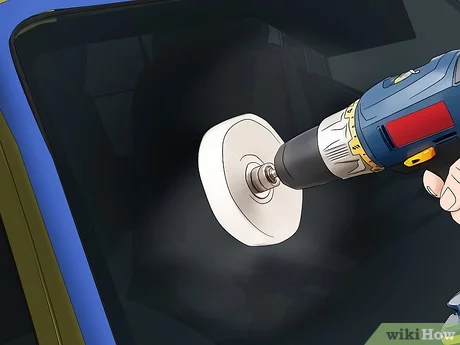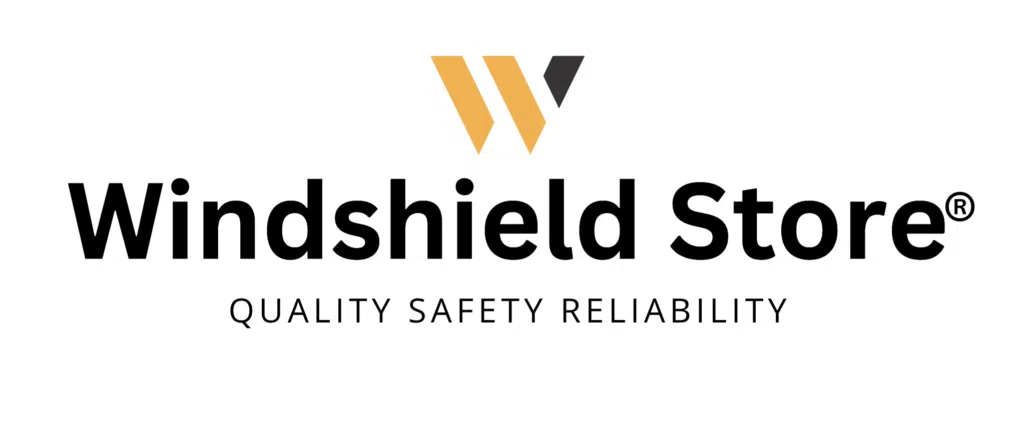
Remove Windshield Scratches: A Simple 3 Step Solution
Windscreens, like every other component of your vehicle, are subject to wear and tear over time. Windshield scratches are more than just an eyesore; they may also degrade visibility and even lead to accidents. A scratched windscreen can be created from a variety of events that occur on a daily basis.
What Causes Scratches on the Windshield?
It’s possible for a scratch to emerge out of nowhere on a windshield. Even though it’s unavoidable, scratches might appear while washing the glass of dirt and grit. Your windshield becomes scratched when a hard item strikes the glass’ surface. Possibly a stone or other debris that has been thrown up accidentally on the road.
Windshield wipers can also leave a scratch. Little stones or gritty dust trapped under the wiper blade can create abrasions on the windshield. Be sure to always use the windshield washer when you’re using your wipers. Scratches can also be caused by wiper blades that are ill-fitting or worn out. The metal components of the windshield wiper might come into touch with the windshield glass if the rubber wiper blade becomes dislodged. The surface can then be scratched.
Why Do Windshield Scratches Need To Be Fixed Immediately?
Scratches on the windshield are less noticeable than dings or cracks. Especially if the scratches are in the driver’s line of sight, you’ll have to find a solution to get rid of the annoyance to avoid driving distractions.
As soon as you see a scratch in your car’s paintwork, feeling a pang of fear is quite natural. Every time you get into your lovely automobile, the damage becomes more apparent. An expert can restore it to its original state with more perfection than your unprofessional attempt of DIY patching.
If there’s a little scratch on your windshield, this may potentially represent a safety concern to the user. Scratches that are left untreated might grow severe. Eventually, a chip or crack might become a major issue, requiring a full windshield replacement. Check for any windshield scratches and take prompt action if any are discovered.
DIY Remedies For Removing Light Scratches From A Windshield
Scratches on a windshield that aren’t too severe can be removed with an acrylic scratch remover. In the event that this does not work, or if the damage is more serious, you can increase the intensity of the therapy. Use cerium oxide paste if the scratch is less than 50 microns, but larger than a light scratch or haze.
To treat lighter scratches, start by thoroughly wiping your windshield using a microfiber cloth. Before treating it, make sure it’s totally dried off and absolutely free of moisture. Remove scratches from the glass by applying acrylic scratch remover to the damaged area of the glass With a moist microfiber cloth, rub it. Upon drying, it appears translucent and covers the surface, protecting it from the elements.

DIY Remedies For Removing Deep Scratches From A Windshield
Take a careful look at the damage first. If the damage is not that severe, Cerium oxide paste can be used to cure deeper scratches of up to 50 microns. As a glass repair kit, it can be purchased at an auto repair shop or auto parts store. However, the following guide might also assist.
The following materials will be required-
- Normal vehicle cleaning products and equipment
- Compound/paste of Cerium Oxide
- Polishing wheel and soft pad for hand drill (optional)
- Glass cleaning for your car
- A soft, dry towel
- A water spray for the hands
1st Step: Cleaning The Windshield
The windshield should be washed and cleaned with a standard auto detergent and water mixture. Attention must be paid to the region that needs to be treated. Using an auto glass cleaner, clean the glass. Remove any soap or vehicle cleaning residue by rinsing the area thoroughly. Completely dry the glass with a clean, dry towel.
2nd Step: Using Cerium Oxide Paste
If you have bought a kit, simply follow the directions on using the cerium oxide compound or paste. Observe all safety precautions and instructions written on the mini card.
- Compounds should be applied directly to the area to be treated.
- Spray it with water to turn it into a paste-like consistency.
- Rub the compound with a cloth or a hand drill polisher.
- Don’t use too much paste.
- Uneven results might arise as a result of this practice.
- It’s better to be safe than sorry when it comes to finishing a scratched surface.
- Keep sliding the polishing cloth or buffer over the glass.
- Keep applying moderate pressure and be careful not to put too much pressure on.
- 3-4 times, re-applying compound and polishing- these are all that needs to be done here.
- Let your compound dry completely. A typical session lasts 30 minutes.
The chemical will seal the scratch and also bind it. In this way, the possibility of the scatch spreading and eventually breaking is reduced.
The final step is to wash the windshield one more time. Dry the glass and wipe it carefully until the haze is gone.
3rd Step : Do Not Forget Aftercare
Once the repair is complete, it doesn’t mean that you are free from all duties. You should keep an eye on it and perform regular maintenance chores. Remember to re-apply the compound every now and again to keep scratches off your windshield. As a result, there will be less chance for the same thing to happen again. It’s possible that if the scratch reappears, but you can get it repaired on your own.
Visit A Professional Windshield Scratch Removal Service
There’s no way to fix a severe fracture yourself at home. If your windshield is shaky, expanding, or plainly beyond repair, it’s time to replace it. When a scratch is deeper than 50 microns, it is considered a complex scratch. A DIY method may not work here and the damage is irreparable if it spreads. If you want a permanent solution, it is wise to take your car to a reputed automobile servicing shop. They have the right people with years of expertise and the right tools and products to repair the severe scratches from your windshield.


